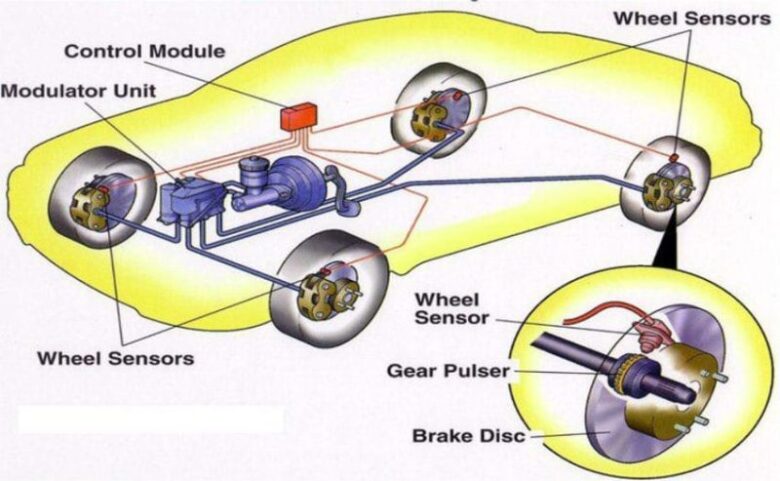If you are planning to buy a used car, then it is time for you to start doing thorough research. You should contact experts like www.revscheckreport.com.au for getting a detailed car history report. You can get this report by providing the VIN number or registration number of the car and paying an affordable fee. The car history report helps you to get the best deals on used cars and ensures that you don’t end up buying a lemon.
You should inspect if the used car which you plan to buy has EBD installed in it. The current article provides insights into the features and utility of brake force distribution in cars.
What is EBD?

This is a vehicle safety feature that works for making the braking systems of your car efficient. The purpose of it is to distribute braking power based on which wheels are braking most effectively during a time. When you brake hard, the weight of your car is pushed forward which means that the front wheels will bear most of the weight.
This can also lead to a reduction of traction for the rear wheels which can cause them to spin and get locked. This means that only the front wheels of your car will be using the braking power and can also cause fishtailing which is not safe for you.
EBD reduces such dangers by balancing the brake force applied to each wheel based on the overall weight distribution of the car.
How EBD Works?
It is installed together with the ABS and works similarly to it. An EBD system is made up of several components. The speed sensor calculates the speed of the car and the engine’s RPM. If the wheel’s speed is not the same as the speed of the car, it can cause the wheels to skid.
The speed sensor then relays such information to the Electronic Control Unit (ECU). The ECU receives data from the speed sensors and then calculates the slip ratio-difference between the car’s speed and the RPM. The ECU then keeps the slip ratio in manageable limits.
The brake force modulators are responsible for providing brake fluids to the braking line and activate the brake cylinders. The brake force modulators help to modulate the brake force applied on each wheel. The EBB system also consists of an acceleration/deceleration detector for monitoring changes in your car’s forward and side-to-side speed.
All these components of the EBD work in tandem to distribute the force evenly every time you brake hard during driving.
Benefits of EBD

Brake force distribution provides many significant benefits. It helps to stop your car quicker which helps to minimize the effects of hard braking on your car’s body. This also makes your braking system more effective and predictable. It does so by automatically adjusting the brake force to its optimal distribution, thereby minimizing the effects of weather, road conditions, and distribution of the weight of your car.
This also ensures better stability while driving and reduced stopping distance. EBD complements the ABS on cars to provide better control and quicker stopping which helps to reduce any mishaps on the roads.


